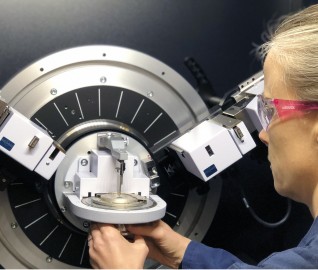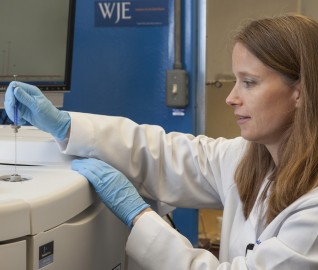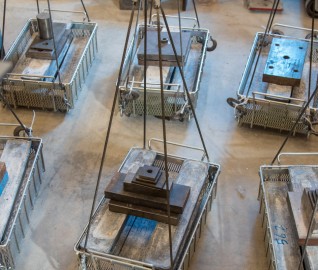Petrographic examinations are made for the following purposes: 1) To determine the physical and chemical characteristics of the material that may be observed by petrographic methods and that have a bearing on the performance of the material in its intended use, 2) To describe and classify the constituents of the sample, 3) To determine the relative amounts of the constituents of the sample that are essential for proper evaluation of the sample when the constituents differ significantly in properties that have a bearing on the performance of the material in its intended use, and 4) To compare samples of aggregate from new sources with samples of aggregate from one or more sources, for which test data or performance records are available.
This guide may be used by a petrographer employed directly by those for whom the examination is made. The employer should tell the petrographer, in as much detail as necessary, the purposes and objectives of the examination, the kind of information needed, and the extent of examination desired. Pertinent background information, including results of prior testing, should be made available. The petrographer's advice and judgment should be sought regarding the extent of the examination.
WJE laboratories are accredited by ANAB (ISO/IEC 17025) to perform testing standard ASTM C295 for Petrographic Examination of Aggregates for Concrete.
Contact us to learn more.
Keywords
ASTM C295 - Aggregates - Cementitious Materials - Cementitious Mixtures - Concrete - Minerals - Petrographic Examination - Petrography - Rocks
ICS CODE
91.100.30 (Concrete and concrete products)
UNSPSC CODE
30111500 (Concrete and mortars); 30111800 (Aggregates)
CITATION FORMAT
ASTM C295 / C295M-18a, Standard Guide for Petrographic Examination of Aggregates for Concrete, ASTM International, West Conshohocken, PA, 2018,
www.astm.org
 John E. Pearson, Principal and Laboratory ManagerWJE Northbrook MORE >People | John E. Pearson, Principal and Laboratory Manager
John E. Pearson, Principal and Laboratory ManagerWJE Northbrook MORE >People | John E. Pearson, Principal and Laboratory Manager WJE's Janney Technical Center (JTC) provides advanced testing and forensic capabilities to... MORE >Labs | Janney Technical Center
WJE's Janney Technical Center (JTC) provides advanced testing and forensic capabilities to... MORE >Labs | Janney Technical Center Our materials scientists provide comprehensive consulting services for the evaluation and... MORE >Services | Materials Evaluation and Testing
Our materials scientists provide comprehensive consulting services for the evaluation and... MORE >Services | Materials Evaluation and Testing WJE was founded on a spirit of innovation—that everything can be improved and that... MORE >Services | Product Development, Evaluation, and Testing
WJE was founded on a spirit of innovation—that everything can be improved and that... MORE >Services | Product Development, Evaluation, and Testing


































